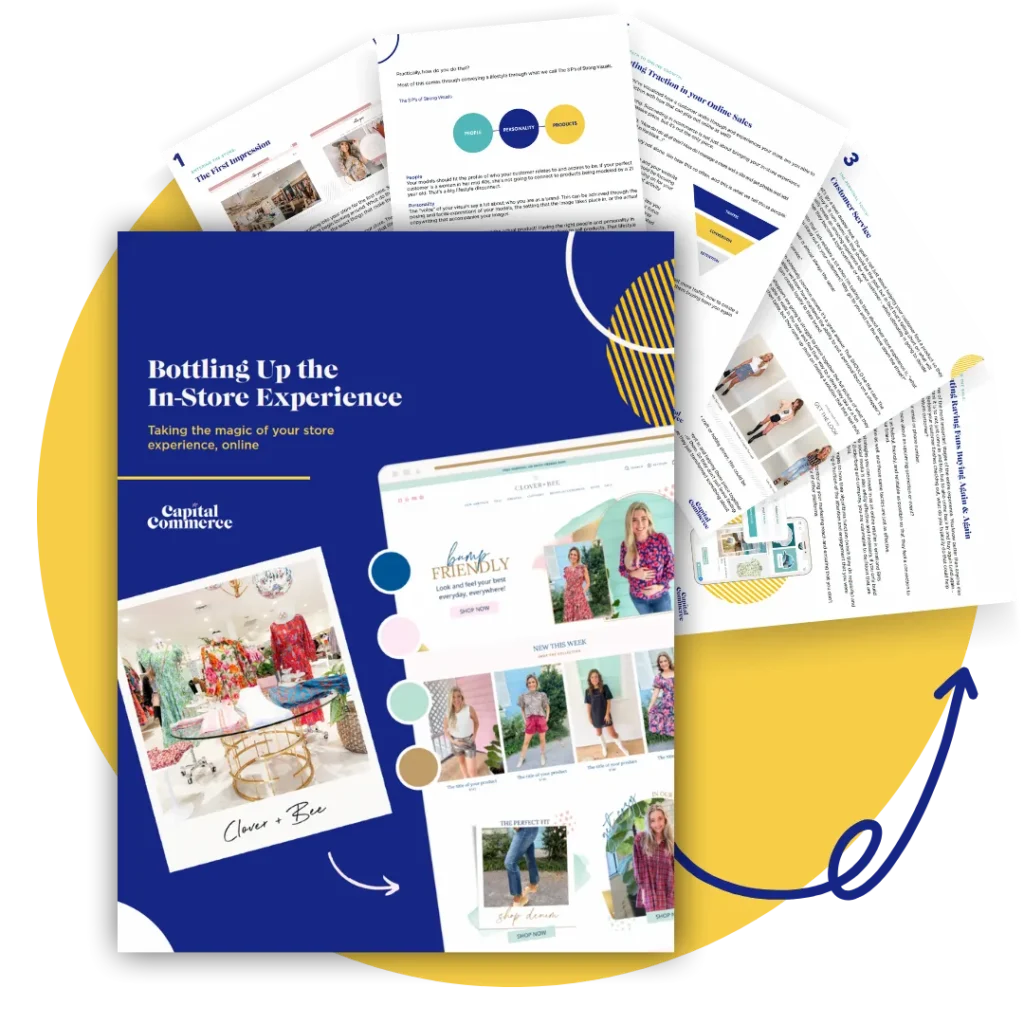If you’ve attended any events designed around independent retail, there has likely been a “retail expert” that is talking about inventory planning. These guys, most of them legitimate retail experts, will elegantly talk about open to buy and creating inventory plans and inspire you with the idea of keeping more money, seeing sales grow, and buying with confidence.
In our conversations with retailers around the country, we see a lot of confusion around the idea of exactly what inventory planning is and how it’s done. Is it a report you run? Is it something you buy? What’s the difference between having an internal analyst (aka someone who is good at excel) and an open to buy planner?
As we see it, there are two types of inventory planning. One is something you can do on your own and the other is something that you’ll need a little help with. Our hope is that with a better understanding of the two types of inventory planning and you’ll know which direction you should take.
Inventory Planning: What you do
We’ve seen it happen event after event, the inspiration to finally start creating a plan that will grow your business only to discover that it is actually a service that has to be purchased. Not that it’s not a huge value but for many retailers just starting out, it’s just not a service that can be afforded. Luckily, you don’t actually need to buy inventory planning services to create a buying strategy that can help your business grow.
At the end of the day, open to buy is about creating a buying plan on a category basis for your upcoming weeks, months, and seasons. This means that with a little bit of work, you can create an open to buy for your business.
The thing to remember, something is better than nothing.
To create a plan, you need to know a few things:
Where are you headed?
This is the idea of predicting what your sales will look like for a set period of time. This can be done by assuming year over year growth or looking at month over month trends. What will be important is understanding your revenue forecast on a category level.
What inventory is needed to feed that level of sales?
This is where things can get a little complicated but we’ll need to combine what we know about inventory turn and what inventory levels you need to feed the level of sales you are headed towards. If you expect 4 turns of a category then you’d want to have at least 3 times your forecasted sales. This is the hardest part of inventory planning and we’ll come out with more content in the future about how to do this (But here’s some helpful ones we’ve done to date: Basic Reports, Inventory Turn, and Basics of Buying).
Inventory Planning: A Service
The favorite thing we do for independent retailers is creating open to buy plans and broad strategy consulting using Management One. When many refer to inventory planning they are referring to a paid service that uses your sales, purchasing, and other data to create open to buy plans, markdown strategies, and inform areas where you’re missing out on margin that you don’t need to. For growing retailers, this is one of the most important services you can pay for.
In working with planners, like us, you get:
Accurate Forecast
If there is anything that Management One provides that is a level above anyone else, it is an accurate forecast of where your sales are headed for coming seasons. This has been something that has shocked us month after month when these forecast show sales accurately, especially when someone “sticks to plan” (buys according to the plan).
Open to Buy
We get to use your sales forecast, existing inventory levels, inventory aging, and a few other data points to give you a clear dollar amount (both at selling price and cost) for what you need to buy right now, next month, and even for months down the road. My favorite thing about this is that you can buy with confidence on your trips to market for the seasons ahead, rather than buying for immediate inventory.
Markdown strategy
Unfortunately, marking items down is an inevitable part of retail. The worst thing we can do is keep cash tied up in old inventory when we could put that cash in inventory that will sell and be replaced significantly faster. Using an inventory service will help you know the appropriate amount to markdown for a particular category.
Final Thoughts
To be successful in retail, a plan is necessary. This doesn’t mean you have to use an open to buy service to get there, at a minimum creating a plan and learning how to stick to it is essential. The goal here is not to take you away from the parts of retail that you love but to do the parts of retail you love, better.
If you have questions about open to buy or what using an open to buy service might look like, reach out or give us a call. We’re glad to help.
Streamline Retail is an independent retail consultancy focused on helping retailers scale their business. We help with adopting better tools (Point of sale/Inventory Control), Improving your online presence (eCommerce Design), and scaling your business.



